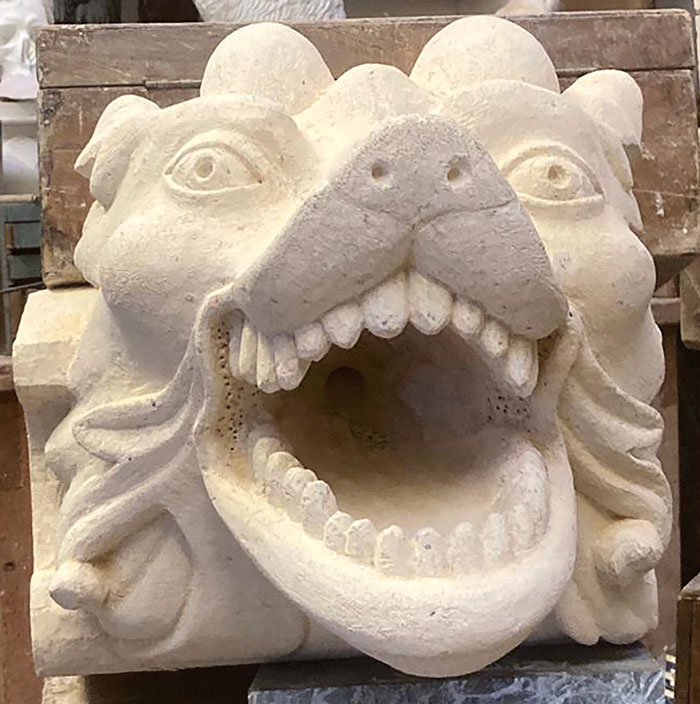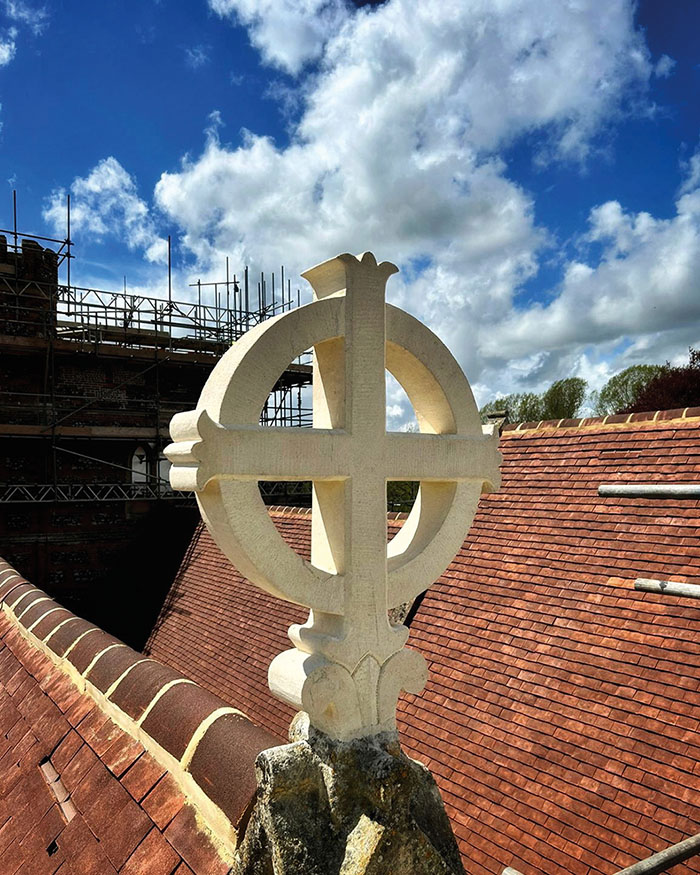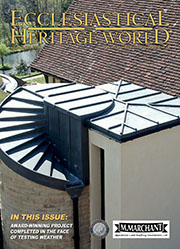The place of conservation in repurposing ecclesiastical buildings
 Modifying places of worship for new and additional uses is one way of tackling the crisis of the growing number of historically significant churches across the UK which are crumbling away and becoming redundant. Here, Lewis Proudfoot, managing director of Cliveden Conservation, focuses on educational uses and the role of conservation in future-proofing these buildings.
Modifying places of worship for new and additional uses is one way of tackling the crisis of the growing number of historically significant churches across the UK which are crumbling away and becoming redundant. Here, Lewis Proudfoot, managing director of Cliveden Conservation, focuses on educational uses and the role of conservation in future-proofing these buildings.
Dwindling congregations, a lack of funds and resources are just some of the reasons UK churches face closure every year – which is not just a tragedy but a national catastrophe. Repurposing these historically significant buildings undoubtedly gives them a new lease of life, but the change of use can put additional wear and tear on sensitive fabrics.
That is true of the many schools and colleges that occupy historic buildings and support a more modern usage, which can take its toll on highly-decorative rooms serving as classrooms, dining halls and other communal spaces. A proportion of our work is now focused on these educational spaces, which require timber repairs, decorative plasterwork, painted surfaces and the cleaning and repair of historic floors and internal masonry.
It is reassuring to know that these historic buildings are being looked after and that, with regular maintenance and repair, architecturally important buildings are preserved and appreciated. There are also opportunities to replace and rediscover lost or missing historic decoration and objects.
We have conserved many decorative plaster ceilings, displayed painted timber panels at Christchurch College, Oxford and created copies of lost statuary at Stowe House.
Breathing new life into ecclesiastical buildings
We were delighted to be part of Bradfield College’s St Andrew’s Project, which has secured the future of the 14th-century Grade Two*-listed St Andrew’s Church in Bradfield, Berkshire. Now under the ownership of Bradfield College, the church is being converted into a unique learning centre with a blend of spaces that include a library, tiered seating space and mezzanine floors, while retaining the architectural features of the original building.
Cliveden Conservation was contracted to carry out stone and brickwork cleaning and repairs to both the interior and exterior of the church. The project presented various challenges due to the busy school environment and the need to co-ordinate with the other contractors involved. Careful planning, effective communication and strong project management skills were required.

Our conservation work included stone cleaning of all the internal stonework, repointing and repairs to masonry window surrounds, restoration of tiled floors and internal plaster repairs.
Externally, we undertook work on the church tower and other elevations, which entailed stone repair, brick replacement and repointing flintwork. That included finding exact matches to seven different brick sizes. With the help of HG Matthews, a Buckinghamshire brickwork company, all the different sized bricks were successfully sourced, then hand-made and wood fired.
During the project Cliveden Conservation was pleased to be joined by two students from the Prince’s (now King’s) Foundation Building Craft Programme, who worked alongside our stonemasons and bricklayers while they repaired the church tower. Another highlight of the project was the design and hand carving of new gargoyles (top right) and roof finial crosses (left) for the restored church tower.
Our conservation team achieved an exceptional standard of stone and brickwork restoration on the project, leaving a significant mark of best practice on St Andrew’s Church. We were pleased to establish a good working relationship with the main contractor Feltham Construction, which resulted in the smooth running of the entire schedule of works. Throughout the project Cliveden Conservation received fantastic support from the client Bradfield College and the architect.
Maintaining the future of repurposed church buildings
Restoring and transforming redundant and dilapidated church buildings into new spaces means these architectural gems can be saved. It is also a much greener and a more ethical solution than demolition or ‘managed decline’, which would be catastrophic for the UK’s heritage landscape. Such a sustainable approach is the right way of ensuring the longevity of our heritage buildings.
However, repurposing a church or a chapel does not mean it can be left without an on-going programme of maintenance and repair work to ensure architectural and decorative elements are preserved. Our role as conservators is to not only make these transformations possible through our skill and knowledge, but also to educate others in what is needed to safeguard the future of heritage treasures.
• For more information visit www.clivedenconservation.com.
Lime training day
Cliveden Conservation is partnering with the Stone Federation to deliver a Lime Training Day on 14 May 2024 at Reading Abbey Ruins, Reading RG1 3BA. It offers a unique opportunity to learn more about using lime mortar and to practice your skills.
Cost is £200 + VAT (pre-booking required)
Email This email address is being protected from spambots. You need JavaScript enabled to view it. to book your place.













